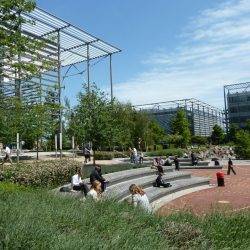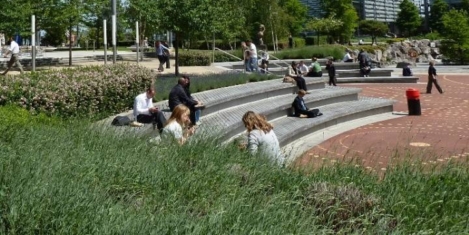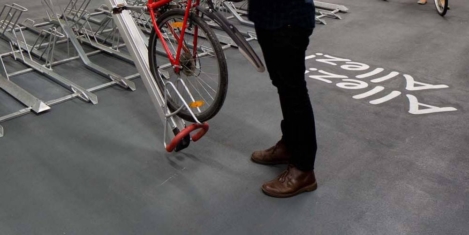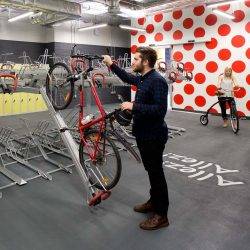September 26, 2017
Growing concerns about staff wellbeing will transform real estate over coming years, claims study
 The UK commercial property market will be transformed over the next few years as a growing number of firms use their workplaces to address the physical and mental wellbeing of staff, claims a new report from law firm CMS. The report, Smart Healthy Agile, is based around the findings of a survey of 1,000 office workers and 350 real estate firms. It claims that the most common problems associated with office life and sedentary lifestyles, such as weight gain, stress, depression and musculoskeletal disorders are encouraging employers to adopt a different approach to working culture and office design.
The UK commercial property market will be transformed over the next few years as a growing number of firms use their workplaces to address the physical and mental wellbeing of staff, claims a new report from law firm CMS. The report, Smart Healthy Agile, is based around the findings of a survey of 1,000 office workers and 350 real estate firms. It claims that the most common problems associated with office life and sedentary lifestyles, such as weight gain, stress, depression and musculoskeletal disorders are encouraging employers to adopt a different approach to working culture and office design.


































July 24, 2017
Employers have a growing responsibility to provide staff with cycling facilities
by Peter Ferrari • Cities, Comment, Property, Wellbeing
(more…)